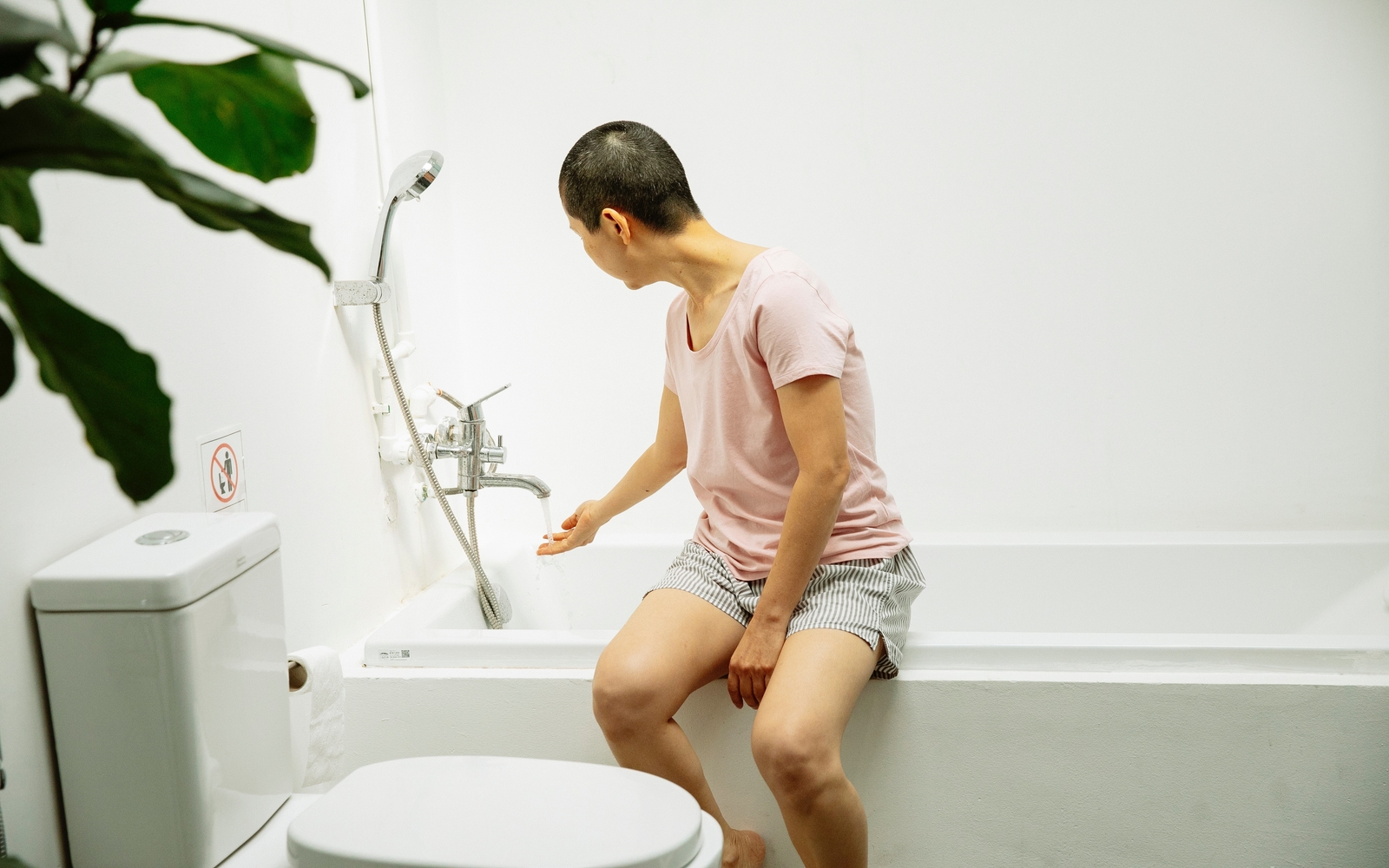Choosing a Whole House Water Filtration System

Whole house water filtration systems usually consist of one or more water filters installed in series at the inlet water header before water enters your house. It acts as the first line of defense against physical, chemical as well as microbiological contaminants before water is distributed in the house. Based on the source of your water (well water, municipal, rainwater, spring), before choosing a whole house water filtration system, you will have to narrow down the list of contaminants most likely to be present in your water. It is highly recommended to test your water source from an accredited laboratory for the presence of likely contaminants. It is one of the most commonly installed systems because of the consistent filtered water quality distribution throughout the house and the ease of maintenance it provides. Whole House Water Filtration Systems are also the most environment-friendly option than using point of use cartridges or bottled water. Read more about other types of filtration systems here.
Selecting a Whole House Water Filtration System
After narrowing on the list of contaminants you aim to remove, these are the following points you should consider while selecting a whole house filtration system:
- Flowrate (usually measured in gpm or litre per hour) – The flowrate of the system should take into account the water flowrates required in bathroom faucets and showers, kitchen faucets, washing machine, dishwasher, toilet flush, and water heaters. Usually the flowrate requirements are usually printed on your appliances and fixtures. Flowrate requirements vary depending on the size of your household and lifestyle. Typically, it ranges from 15 – 50 gpm. See table below for estimating the flowrate.
- Size of filter and connection port diameter (usually measured in inches) – The larger the filter size means the more water it can treat before cleaning is required. The recommended connection port diameter to avoid significant pressure drop is usually is 1”.
- Decide whether you between different water treatment configurations which would suit your needs better. Do you require high quality drinking water at each and every faucet in your house? Or, do you plan to have a “general” point of entry water filter to cater for non-potable uses, and install dedicated point of use systems for potable uses? Find out about the main advantages and disadvantages between these two types of systems here.
- Estimating the capacity of your water filtration system – If you want to smoothly go about your day-to-day activities, it is recommended to size your water filtration system for the peak demand flow rate in your household. For example, if you want to be able to use to bathrooms, run the laundry and dishwasher at the same time, then, the peak demand flowrate will be the sum of the recommended individual flowrates of each fixture you envisage to use simultaneously. Round up this figure to identify the systems suitable for your household. Refer to the table below for your calculation.
| Fixtures | Recommended Flowrate (gpm) | Recommended Flowrate (l/min) | Minimum Supply Pressure (psi) | Minimum Supply Pressure (kPa) |
| Aspirator | 2.5 | 10 | 8 | 55 |
| Bathtub Faucet | 5 | 19 | 8 | 55 |
| Bidet | 2 | 7.5 | 4 | 28 |
| Combination Fixture | 4 | 15 | 8 | 55 |
| Dishwasher | 4 | 15 | 8 | 55 |
| Drinking Fountain | 0.75 | 3 | 8 | 55 |
| Hode bib/sillcock, 1/2” | 5 | 19 | 8 | 55 |
| Laundry Faucet, 1/2” | 5 | 19 | 8 | 55 |
| Lavatory Faucet, 1/2” | 5 | 19 | 8 | 55 |
| Laundry Machine | 4 | 15 | 8 | 55 |
| Lavatory Faucet, ordinary | 2 | 7.5 | 8 | 55 |
| Lavatory Faucet, self-closing | 2.5 | 10 | 8 | 55 |
| Shower head | 5 | 19 | 8 | 55 |
| Shower, temperature controlled | 3 | 10 | 20 | 138 |
| Sink Faucet 3/8”, 1/2” | 4.5 | 17 | 8 | 55 |
| Sink Faucet 3/4″ | 6 | 23 | 8 | 55 |
| Urinal flush | 15 | 56 | 15 | 110 |
| Water Closet with flush valve | 35 | 132 | 25 | 170 |
| Water Closet with gravity tank | 2.5 | 10 | 8 | 55 |
| Water Closet with closed coupled tank, ballcock | 3 | 11 | 8 | 55 |
(Source: https://www.engineeringtoolbox.com/fixture-water-capacity-d_755.html, 2021)
